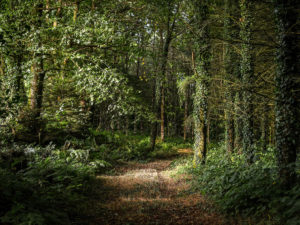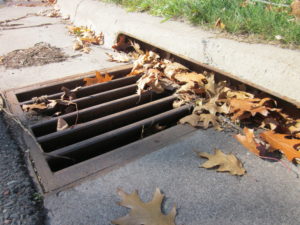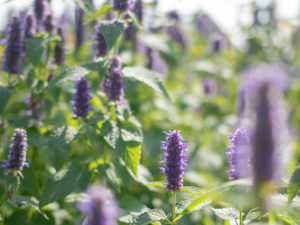Maintain a Natural Lawn
A healthy lawn or landscape provides ecological benefits for air, soil and water quality as well as promoting a psychological “good feeling” effect on people. It prevents erosion, reduces noise, provides wildlife habitat, and creates a cooling effect during warm weather. How can you plant or maintain a natural lawn at your home or business?
For your home:
- Recycle lawn clippings by leaving them on the lawn after mowing or put clippings in a compost pile.
- Select the appropriate grass species for Minnesota.
- Water during the cooler times of day – early morning or evening.
- Use rain sensors connected to irrigation systems if you have such systems.
- Use natural organic fertilizers such as Milorganite, commercially prepared manure, grass clippings, phosphate rock, or potash.
- Ask your lawn service to provide organic lawn treatments.
- Plant pollinator-friendly gardens in lawn areas that are difficult to maintain slopes, for example.
- Choose to think of your lawn as healthy rather than perfect.
For your business or institution:
- Research the University of Minnesota webinars on pesticide safety and certification and growing eco-healthy turf for those who maintain their own landscapes or customers’ sites.
- Use salt-tolerant turfgrass mixtures developed by University of Minnesota researchers in partnership with MNDOT to conserve water.
- Plant pollinator-friendly native plants in pesticide-free areas on commercial property which contributes to the diversity of life as pollinators are vital to our food system.
- Use rain sensors for landscape irrigation to conserve water.
- Use organic fertilizers such as Milorganite, commercially prepared manure, phosphate rock, or potash.
Did you take this action? Report it!
Help us show our collective community impact by reporting that you took this action.


